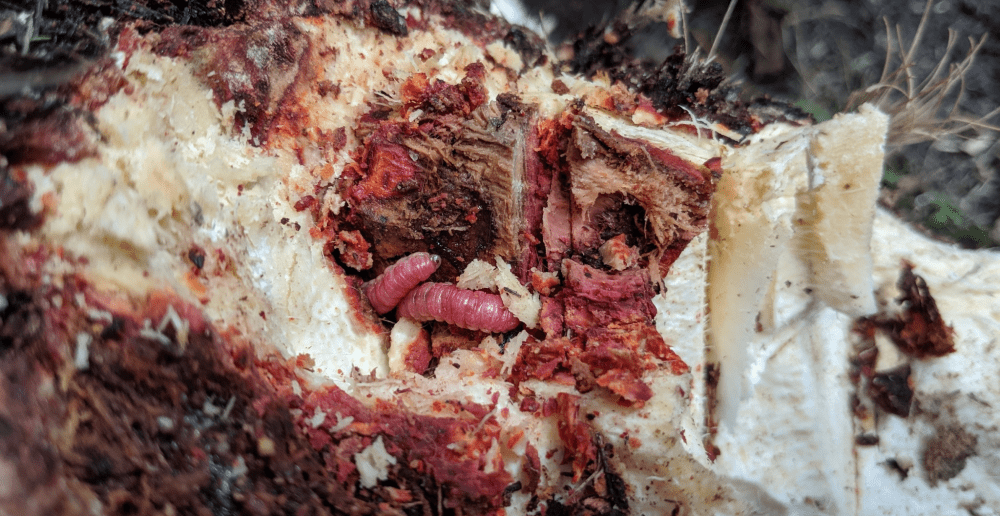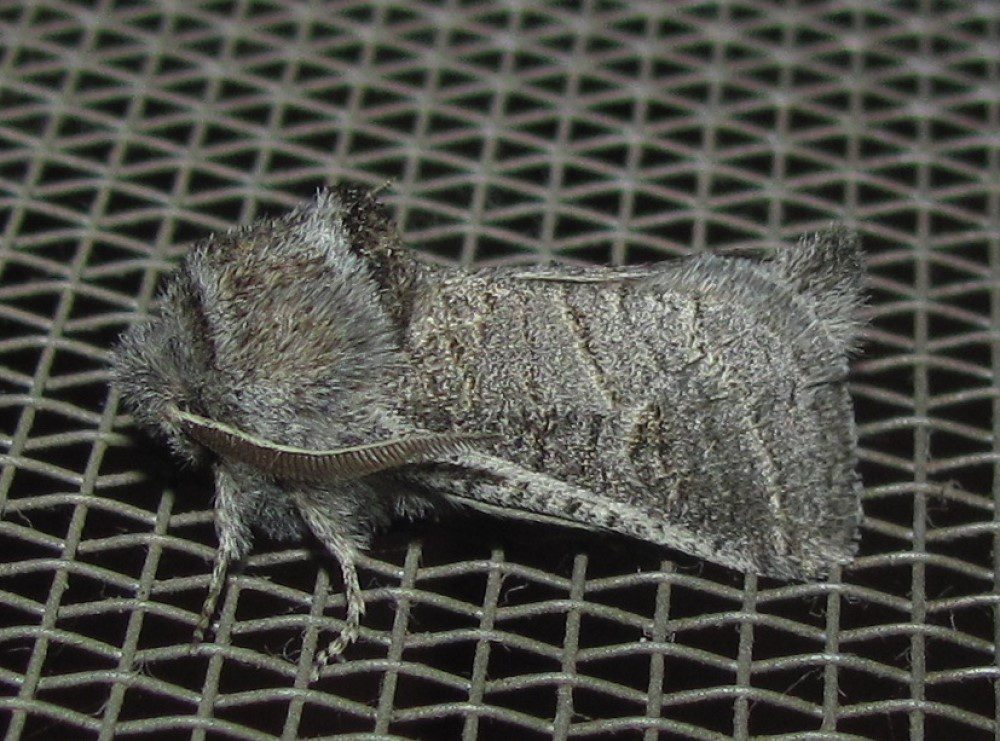The secret identity of the famous Mezcal worm has been revealed in new research that extracted DNA from bottled specimens. While there are several insects commonly eaten in Mexico, where the agave-based spirits are famous, it turns out that all of the worms sampled belonged to just a single species of moth.
They say you are what you eat, but when doing shots like “the one with the worm”, how many of us know what that actually is? Beyond consumer awareness, it pays to be mindful of animals used in food and drink since it would be awkward to realize when it’s already too late that you’ve been knocking back an endangered species.
“It was not until the 1940–50s when the mezcal worm, also known as the ‘tequila worm’, was placed inside bottles of non-tequila mezcal before distribution,” explained the authors of the new study. “These bottled larvae increased public attention for mezcal, especially in Asia, Europe, and the United States. Despite these larvae gaining global interest, their identity has largely remained uncertain other than that they are larvae of one of three distantly related holometabolous insects.”

The list of likely suspects for the Mezcal worm included around 63 species, since at the larval stage a lot of them can look very similar. One was the tequila giant skipper (Aegiale hesperiaris), whose larvae eat the flesh of agave stems and roots so would seem a logical candidate for ending up in the spirit.
When analyzing a sample of 21 worms taken from Mezcal bottles between 2018 and 2022, researchers saw that they too all looked the same, with shared features including a distinct head capsule and prolegs that looked decidedly lepidopteran (the order that includes butterflies and moths).
Preserving something in alcohol doesn’t always do its DNA wonders, so in the end getting usable genetic material was only possible in 18 of the worms. The results revealed that they were all the same species of moth, Comadia redtenbacheri, whose larvae are known as the agave redworm. Furthermore, a morphological analysis of the Mezcal worms that couldn’t be sequenced confirmed that they too were the agave redworm.

As well as overseas consumers enjoying the Mezcal worm, it’s celebrated locally for its health benefits and beliefs that it’s a aphrodisiac, explain the researchers, which is driving demand for more worms. In recent years it’s gotten more difficult to obtain wild-caught larvae like the agave redworm, and it could be that better practice in captive-rearing the species is needed if efficient mass-production of wormy spirits, salts, powders, and garnishes is to continue in the region.
“In response to the declining number of mezcal larvae, researchers have begun to develop methods to cultivate these larvae in captivity,” explained the authors. “There is still very little known about how best to rear mezcal larvae and additional scientific research is needed to understand how captive insect breeding can become a central part of the agricultural industry in Mexico.”
The study is published in the journal PeerJ Life & Environment.
Source Link: Secret Identity Of The Famous “Tequila Worm” Has Been Revealed